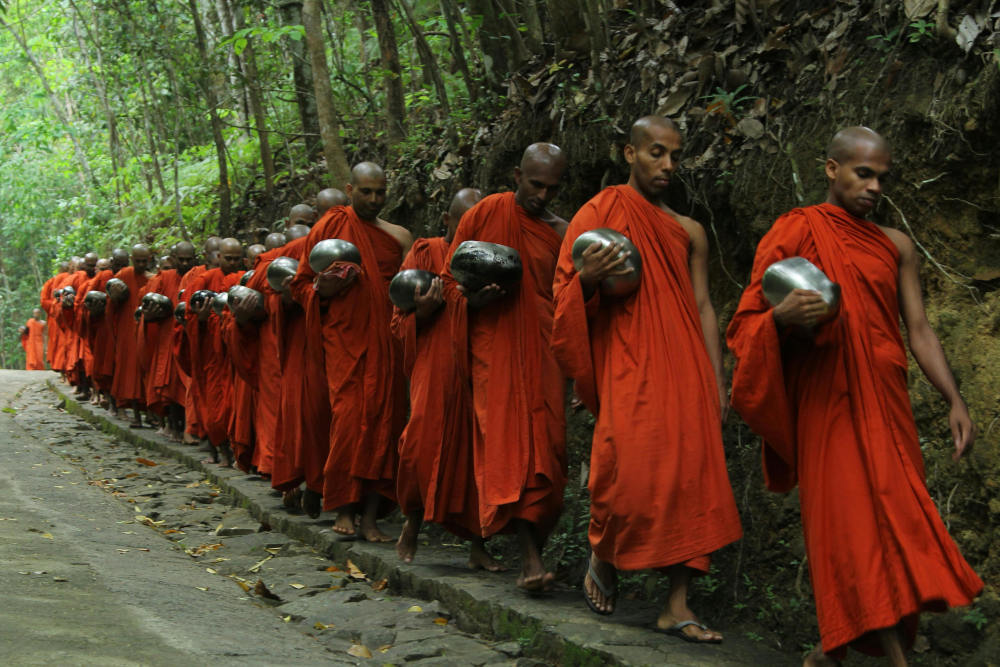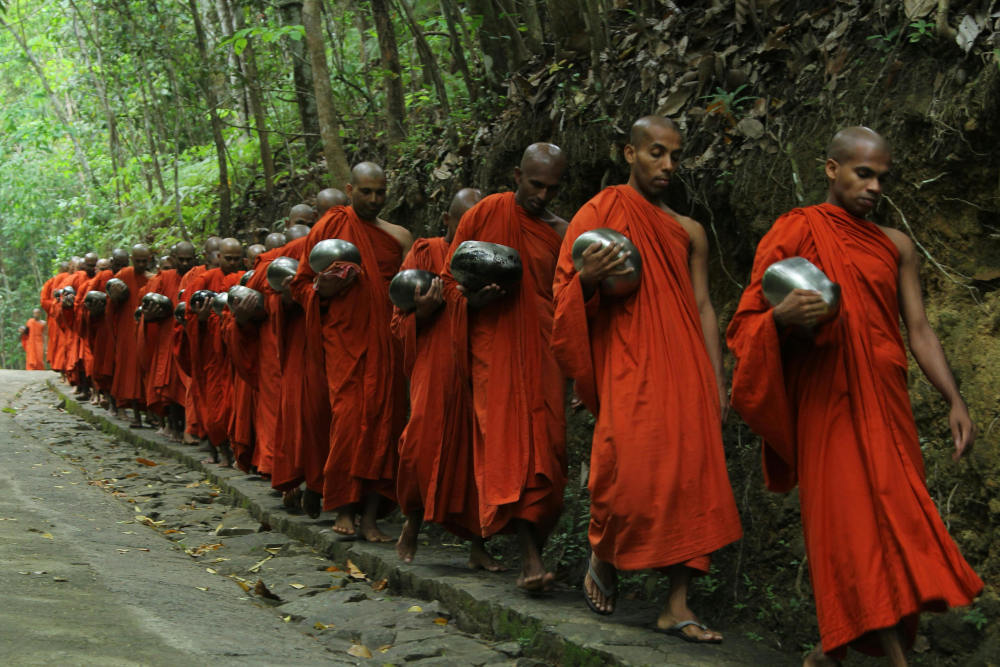
What happens after death? This question has puzzled humanity for millennia, leading to religious beliefs, scientific inquiries, and personal experiences that suggest an existence beyond our physical realm. Some theories propose that death is not the end but a transition into another dimension. From spiritual traditions to cutting-edge physics, this article explores whether we enter a different dimension when we die.
Understanding Dimensions
In physics, dimensions are ways to describe reality. We live in a three-dimensional space (length, width, height), with time considered the fourth dimension. Some scientific theories, like string theory, propose the existence of additional dimensions beyond our perception. If these extra dimensions exist, could they be where consciousness transitions after death?
The Science of Consciousness and Death
The nature of consciousness remains one of the biggest mysteries in science. While many believe that consciousness arises solely from brain activity, some theories suggest that it exists beyond the physical body.
-
Quantum Consciousness: Some scientists, including physicist Roger Penrose and anesthesiologist Stuart Hameroff, propose that consciousness originates from quantum processes in the brain. If consciousness is tied to quantum mechanics, it may not be bound by space and time, possibly persisting in another dimension after death.
-
Near-Death Experiences (NDEs): Many people who have experienced clinical death report similar experiences—traveling through tunnels, encountering bright light, and meeting deceased loved ones. Some describe perceiving reality from an external perspective or feeling an overwhelming sense of unity. These accounts suggest that consciousness might continue beyond physical death.
-
Out-of-Body Experiences (OBEs): Some individuals report floating outside their bodies or traveling to different realms. While skeptics argue that OBEs are hallucinations, others believe they indicate that consciousness can detach from the body, potentially entering another dimension.
Spiritual and Religious Perspectives
Many religious and spiritual traditions describe an afterlife in terms of entering a different realm or plane of existence.
-
Hinduism and Buddhism: These traditions describe a cycle of death and rebirth (samsara) until enlightenment is achieved, leading to liberation (moksha or nirvana). Some interpretations suggest that after death, the soul transitions into another vibrational reality.
-
Christianity and Islam: Both faiths describe heaven and hell as realms separate from the physical world. Some interpretations suggest these are higher or lower dimensions where the soul continues its existence.
-
Shamanic and Indigenous Beliefs: Many indigenous cultures believe in spirit worlds accessible after death. Shamans often enter altered states of consciousness to communicate with spirits in these realms, reinforcing the idea that existence continues beyond physical death.
Scientific Theories on Multidimensional Afterlife
While mainstream science does not confirm an afterlife, some theories hint at the possibility of existence in other dimensions.
-
String Theory and Extra Dimensions: String theory suggests that multiple dimensions exist beyond our perception. Some researchers speculate that consciousness could transition into one of these dimensions after death.
-
The Holographic Universe Theory: This theory suggests that our reality might be a projection of information from a higher-dimensional space. If true, consciousness might persist beyond death in a different form within this multidimensional structure.
-
The Simulation Hypothesis: Some scientists argue that our universe could be a simulation. If so, death could mean exiting this simulated reality and entering a different layer of existence.
Evidence from Psychedelic and Altered States
Some substances and practices alter consciousness in ways that mimic near-death experiences, leading some to believe they offer glimpses into the afterlife.
-
DMT (Dimethyltryptamine): This powerful psychedelic is naturally produced in small amounts in the human brain. Users often report encounters with otherworldly beings, tunnels of light, and a sense of existing in a different dimension.
-
Meditation and Mystical States: Deep meditative states have led practitioners to describe experiences of unity, timelessness, and entry into other realms, similar to accounts of the afterlife.
-
Past-Life Regression: Some individuals claim to have memories of past lives through hypnosis, suggesting consciousness may continue beyond one lifetime.
Theories on How Consciousness Could Transition
If the mind does enter another dimension after death, how might this transition occur?
-
Energy Dissipation and Reorganization: Some theories propose that consciousness is a form of energy that transitions into another state after bodily death.
-
Dimensional Shift: Consciousness may shift into a higher dimension that is normally imperceptible while alive.
-
Quantum Entanglement: Some suggest that consciousness is linked to a universal field of information and merges with it upon death.
Conclusion: Do We Enter Another Dimension After Death?
The question of whether we enter another dimension after death remains unanswered, but there are intriguing clues. Religious beliefs, near-death experiences, quantum theories, and reports of altered states all point to the possibility of existence beyond physical reality. While science has yet to prove the afterlife, emerging research into consciousness and higher dimensions continues to challenge our understanding of life and death. Perhaps one day, we will uncover definitive evidence—but for now, the mystery remains.
Was this article helpful to you? Please tell us what you liked or didn't like in the comments below.
About the Author: Alex Assoune
What We're Up Against
Multinational corporations overproducing cheap products in the poorest countries.
Huge factories with sweatshop-like conditions underpaying workers.
Media conglomerates promoting unethical, unsustainable products.
Bad actors encouraging overconsumption through oblivious behavior.
- - - -
Thankfully, we've got our supporters, including you.
Panaprium is funded by readers like you who want to join us in our mission to make the world entirely sustainable.
If you can, please support us on a monthly basis. It takes less than a minute to set up, and you will be making a big impact every single month. Thank you.































0 comments